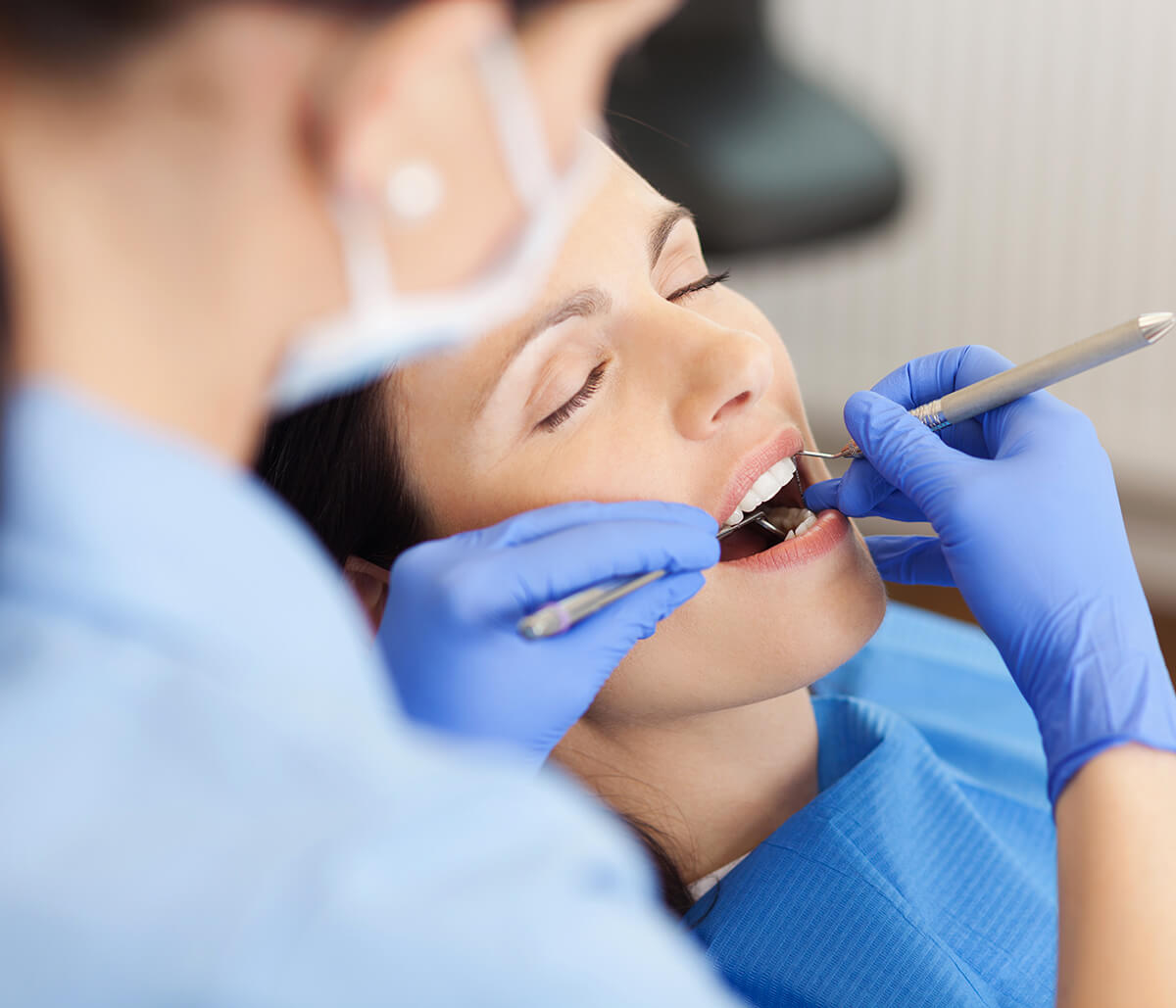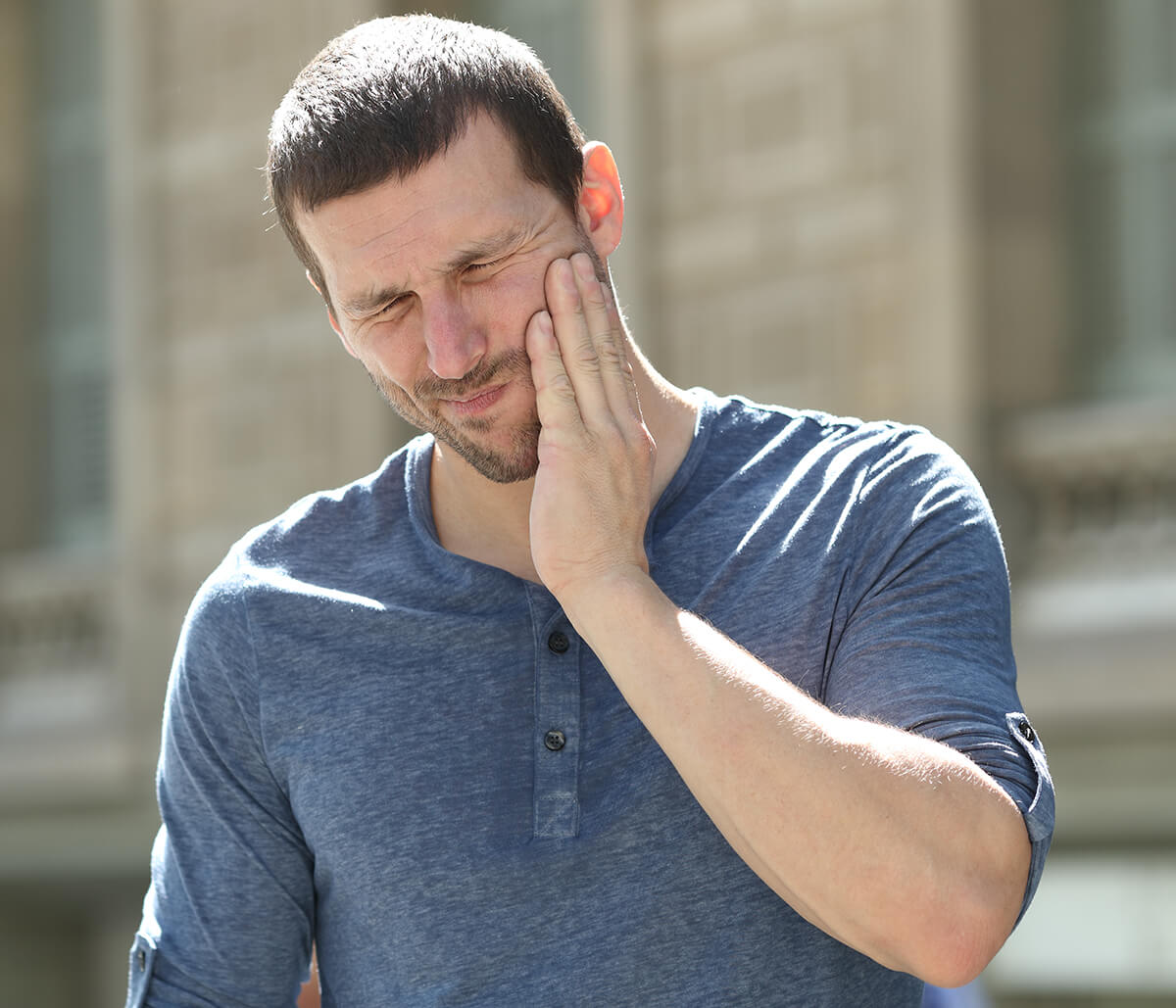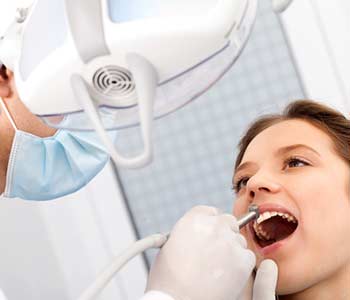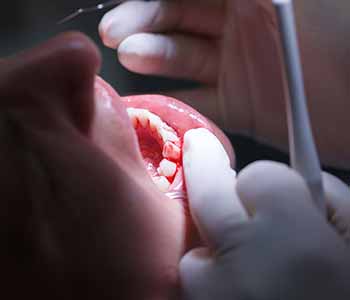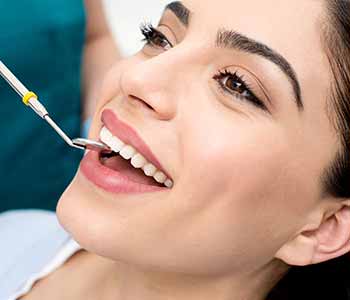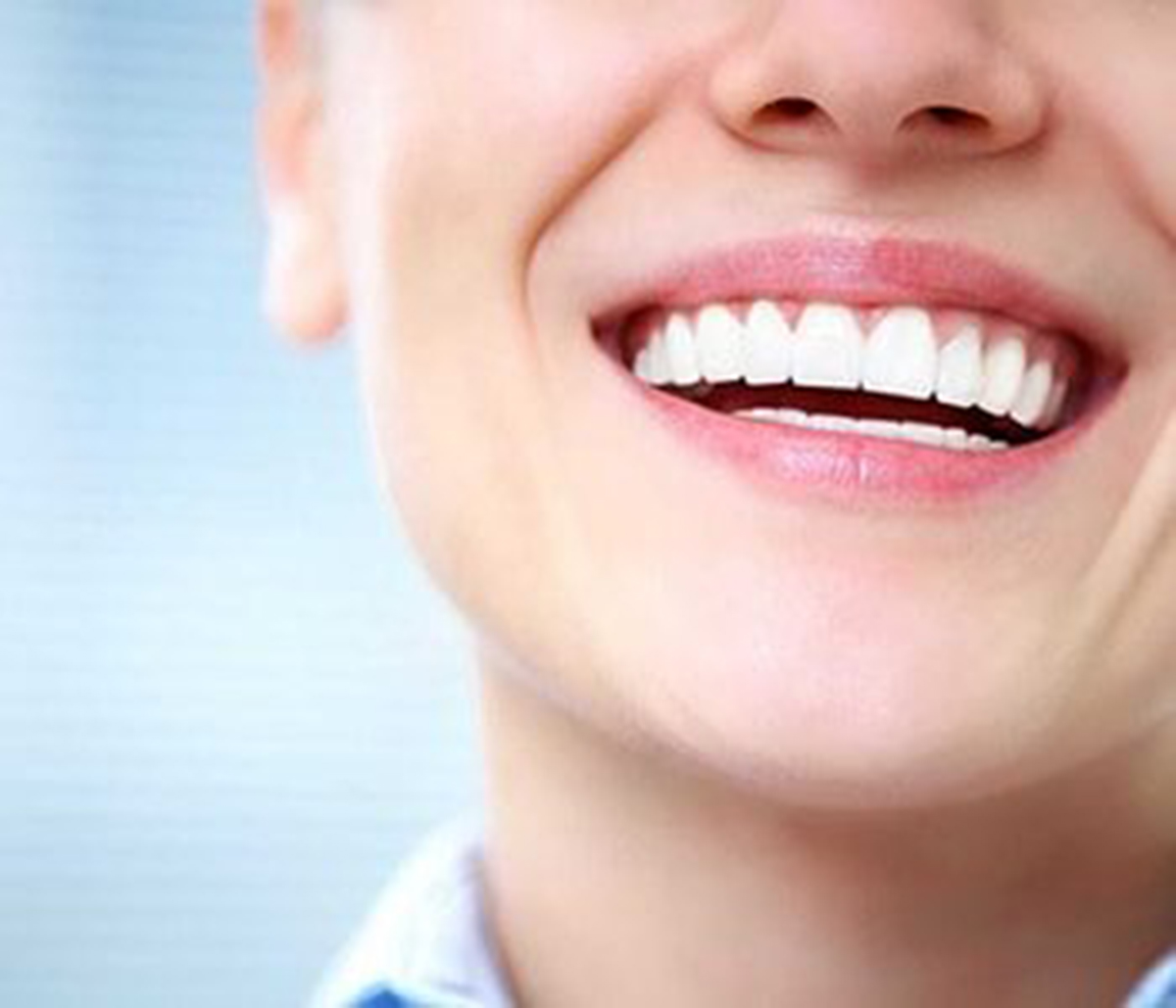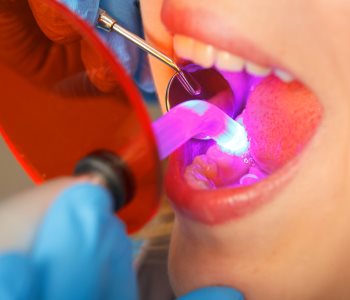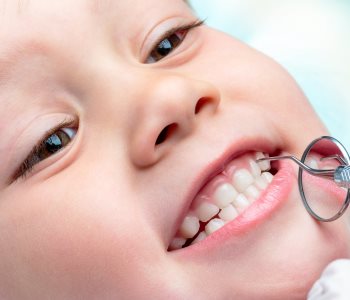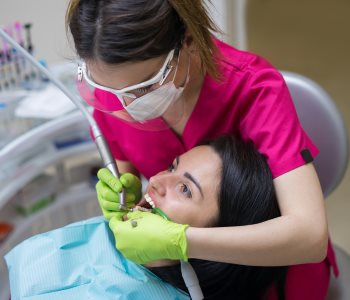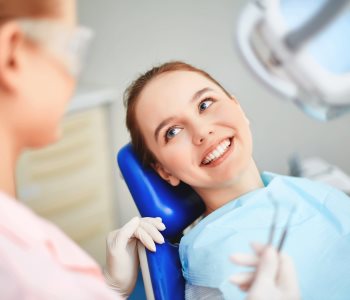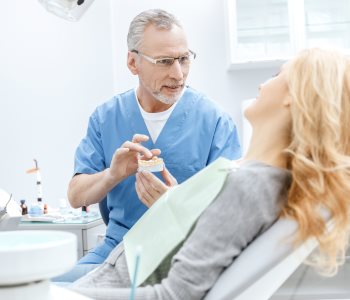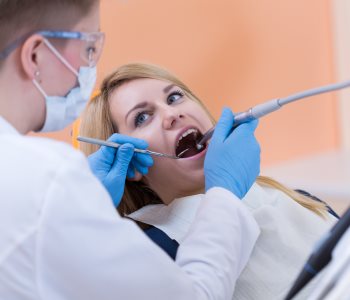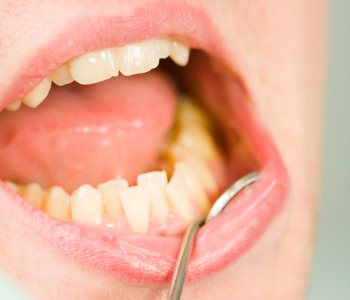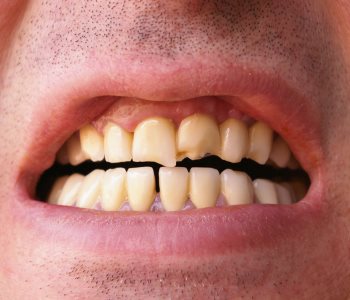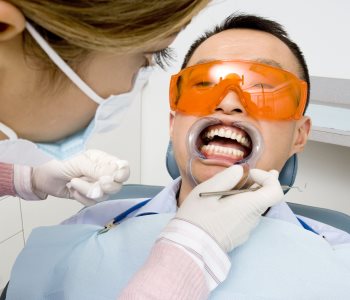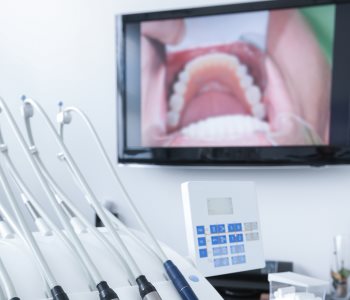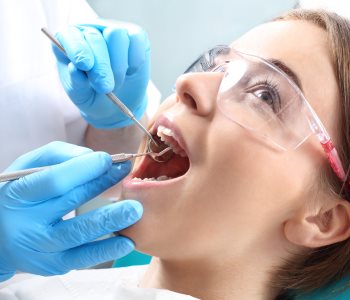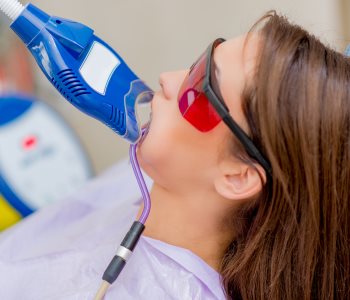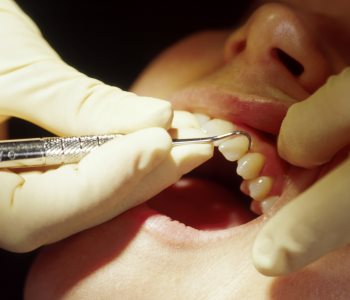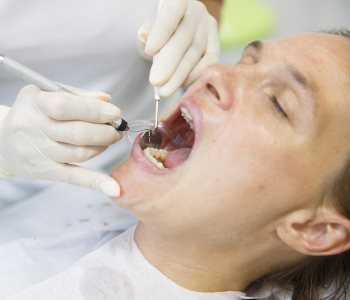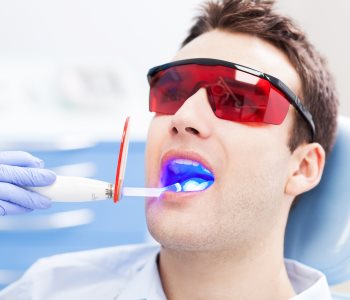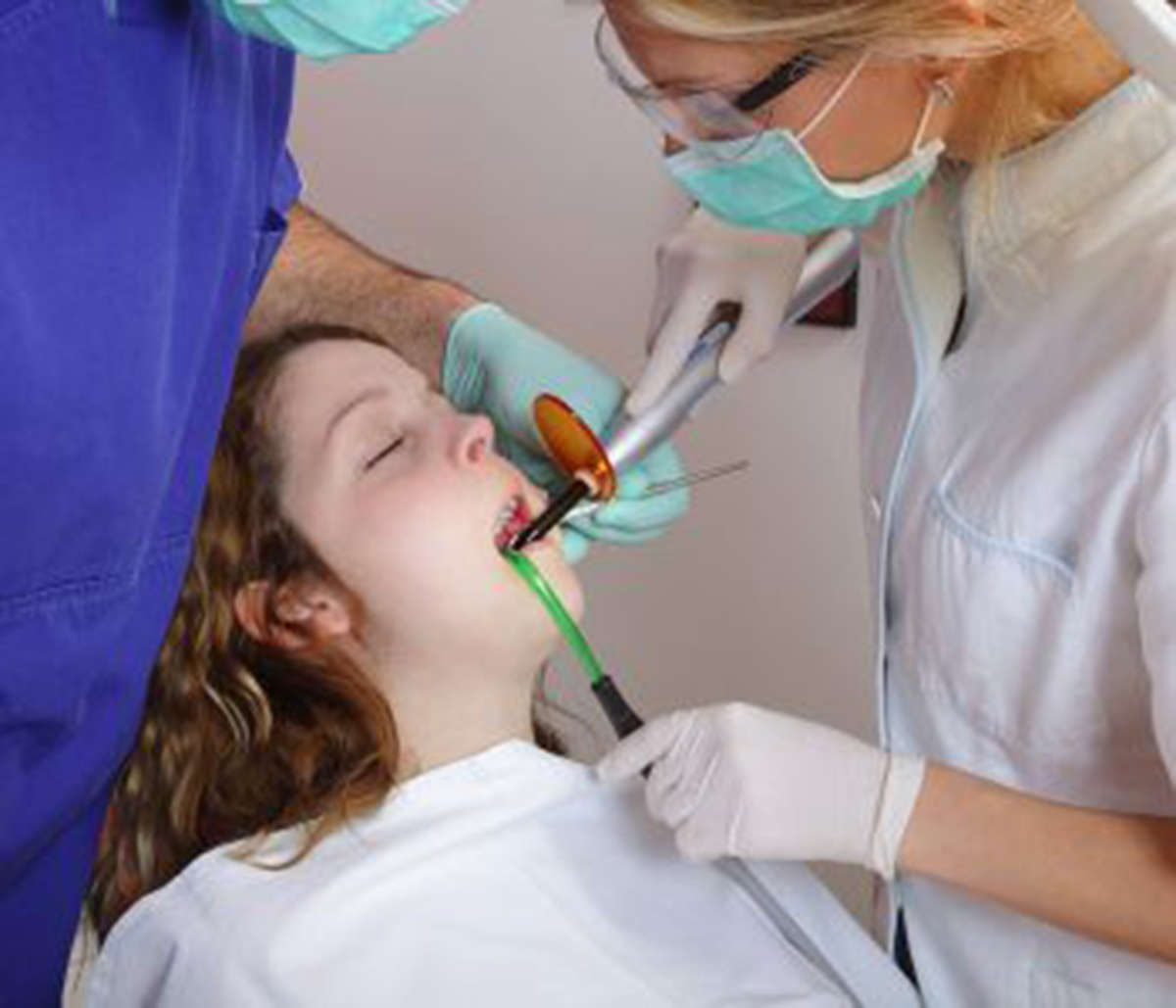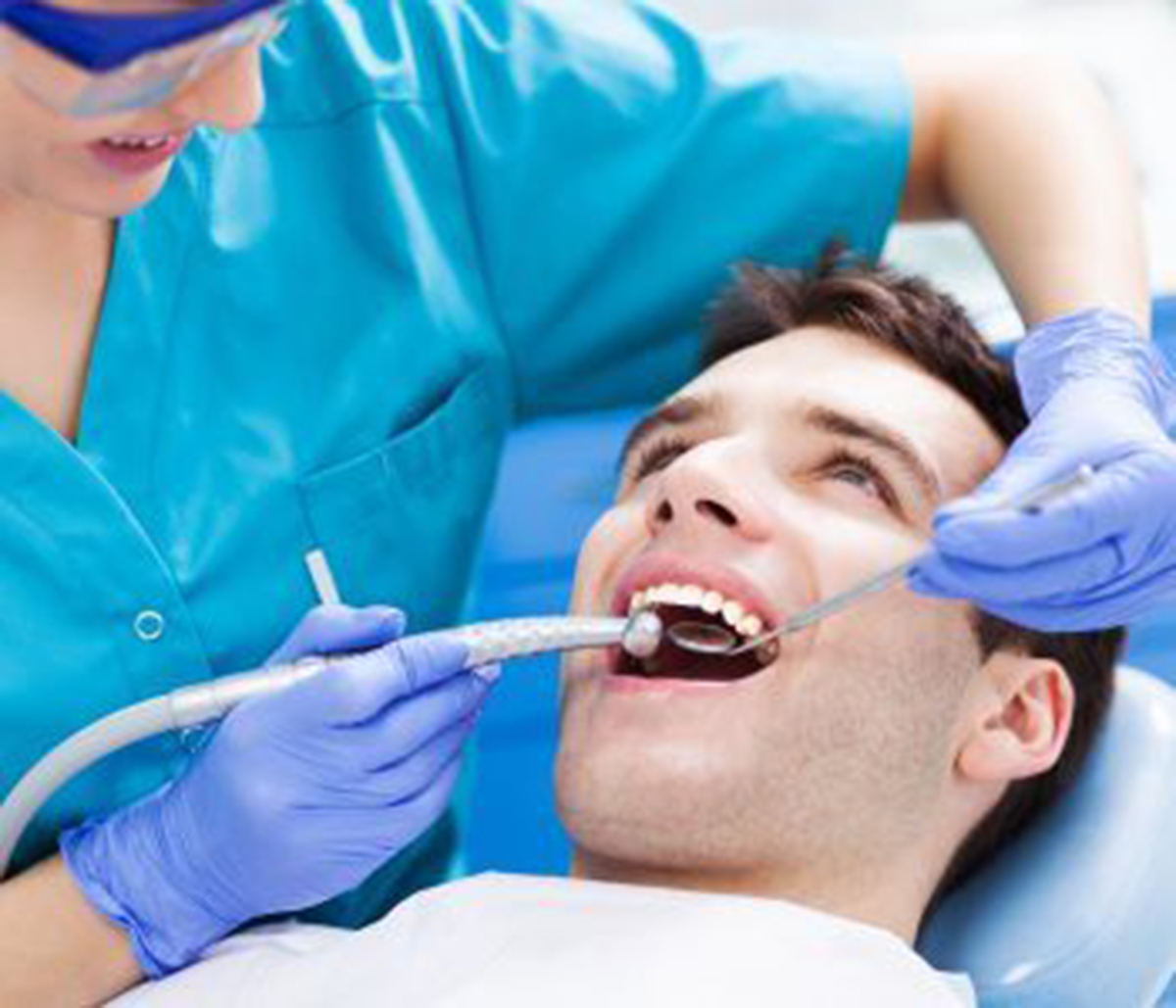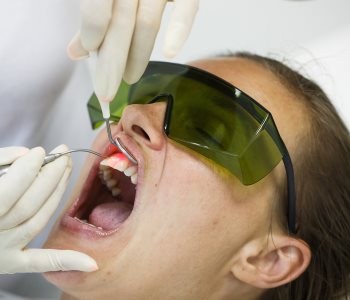Gum Disease aka Periodontitis treatments by Dr. Leo Arellano in San Francisco CA
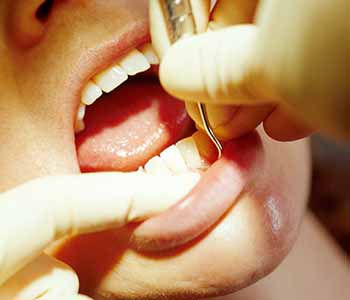
What Is Gum Disease?
The strength of your teeth is only as good as the gum and bone that hold and support them. Even strong healthy teeth can be lost if your gum and bone weaken as a result of gum disease. Gum disease, also known as periodontal disease, affects the foundational health of your teeth and can worsen over the years without any obvious pain or discomfort.
What Causes Gum Disease?
Gum disease is caused by bacterial infection. Science has not yet developed a cure – only ways to control it. A cure implies that the disease will not recur. However, the bacteria, called dental plaque, are normally always present and growing in your mouth. When plaque accumulates undisturbed for long periods of time, it produces toxic by-products that result in infection to the gum and bone.
What Other Factors Contribute to Gum Disease?
Conditions that trap plaque or make it more difficult to remove are the primary contributing factors. Defective or ill-fitting dental work, crowded crooked teeth, and even large hands or a small mouth are just a few examples that make plaque control difficult. Of secondary importance are genetic factors, diet, stress, and smoking.
What Are the Signs of Gum Disease?
Any one or more of the following may indicate the presence of gum disease: bleeding, red, swollen, or tender gums; loose teeth; a change in your bite; receding gums; and bad breath.
How Is Gum Disease Controlled?
Basically, your ability to remove or break up the plaque accumulations on your teeth and gums will eliminate gum disease and control it over time. Oral hygiene methods are the most common and effective way to do this. It is always the basis of any gum treatment. Managing the other contributing factors is also essential for long-term control.
What is gum / periodontal disease?

The three stages of gum disease are gingivitis, periodontitis, and advanced periodontitis. Gingivitis is caused by toxins irritating the gum line as a result of plaque buildup. Signs and symptoms of gingivitis include swelling, sensitivity, and bleeding of the gums during brushing and flossing. Gingivitis can be easily reversed through professional care and good home oral hygiene. Periodontitis is categorized by irreversible bone loss that results from untreated gingivitis. The gums may begin to form a pocket below the gum line which traps food and plaque. Dental treatment and home care can help prevent from further damage, but at this stage, the results are not reversible. Advanced periodontitis is when the fibers and bones supporting the teeth are destroyed. This may cause teeth to shift or loosen. Teeth may have to be removed depending on how advanced the disease has become and if treatments are not effective. You can begin by preventing gum disease with good oral health. Pick up a brochure or ask your dentist today!
How Is Gum Disease Treated?
The goal of all treatment is the removal of all contributing factors and to create access so that effective oral hygiene can be done. Treatment options include Scaling and Root Planing, Gum Surgery, Ozone therapy, and Laser Gum Treatment (LANAP)

